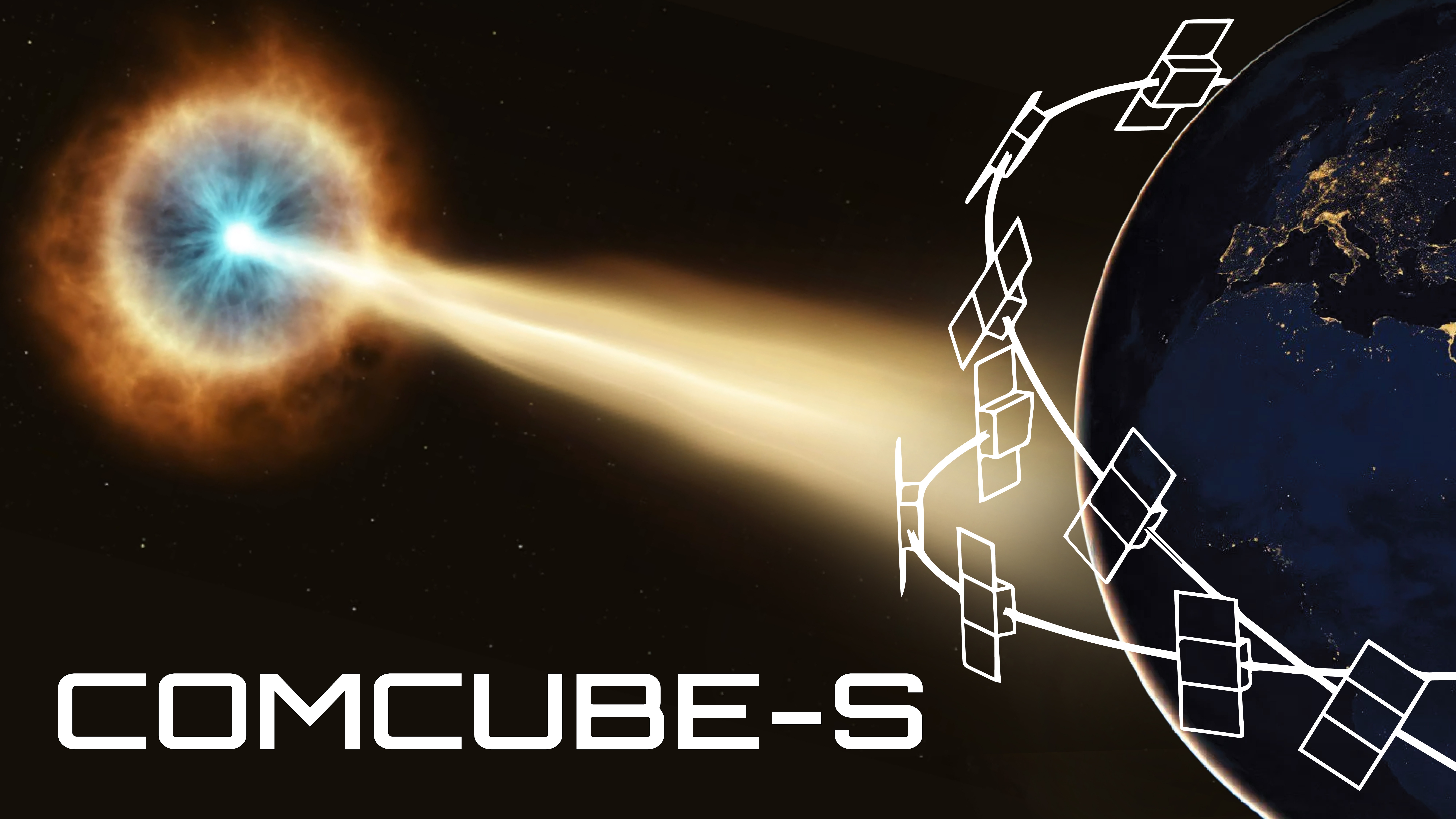COMCUBE-S is a swarm of high TRL gamma-ray sensors for the detection of gamma-ray bursts (GRBs) to provide breakthrough polarisation capability aswell as low-latency GRB localisations for counterpart discovery in the multi-messenger era of time-domain astronomy. GRBs are the most luminous electromagnetic (EM) explosions in the universe, lasting from seconds to minutes. The composition of GRB relativistic jets and the processes of energy dissipation and radiation are poorly understood, more than 50 years after GRBs were discovered. Gamma-ray polarimetry is a powerful diagnostic but is a challenging measurement, with no consistent picture yet available. The first science goal of COMCUBE-S is to use sensitive polarisation measurements of a large sample of GRBs to uncover the physics of their relativistic jet composition and radiation processes. Breakthrough polarimetric performance is achieved by minimising systematic effects using distributed detectors. In 2017, a short GRB was discovered as the EM counterpart of a gravitational wave event produced by the merger of 2 neutron stars. The second science goal of COMCUBE-S is the rapid localisation of GRBs for ground-based follow-up observations and discovery of EM (e.g. kilonova) and gravitational wave counterparts. The proposing team has developed the GMOD detector for EIRSAT-1, funded in part by ESA, demonstrating the feasibility of CubeSat-based GRB detectors. A COMCUBE prototype has been developed by an experienced consortium with funding from the EU H2020, CNES and national agencies and is going through a high-altitude balloon test campaign. AAC-ClydeSpace (AAC-CS) has expertise through the xSPANCION project in the design, MAIT, launch, deployment, and operations of constellation missions, aswell as direct swarm expertise. AAC-CS engineering components have extensive heritage and no failures, providing a reliable spacecraft design. The industry and academic teams have a strong record of collaboration on EIRSAT-1.

